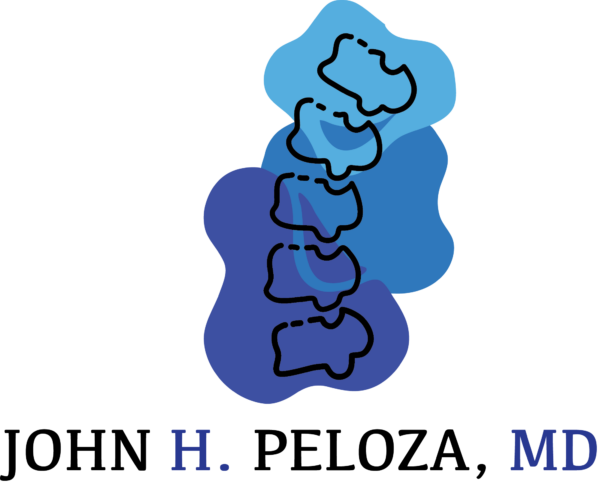
How to Improve Your Posture at Work
A majority of Americans spend long periods of time sitting down while at work. Having an improper posture day after day can put those people at risk of chronic back pain, disorders, or future injuries. Read on to learn more about improving your posture at work.
Sitting Disease
The term sitting disease is a relatively new term. It refers to sitting for extended periods of time with little movement and poor posture, which results in multiple long term medical conditions, with chronic back pain being the most common. Even with a healthy level of exercise before or after work, the long periods of sitting can still cause health issues. Sitting disease is most often caused by the following:
- Long periods without movement which can restrict blood flow to the spine.
- Workstation or desk setup that causes neck strain, typically a result of monitors that aren't at eye level.
- Crossing your legs or ankles for long periods which can cause misalignment of the hips.
- Slouching over with a rounded back, putting additional stress on your back.
Improving Work Ergonomics to Reduce Neck and Back Pain
Work ergonomics refers to fitting your job to your body and what it needs. For office work, this usually entails adjusting your workstation, desk, computer, chair, and your working habits to better fit your body. Improving work ergonomics generally focuses on keeping your body in a neutral position, not slouching over, and not leaning back too far. Some general tips to improve your work ergonomics include:
- Rest with your feet flat on the ground and limit the amount of time with your feet or ankles crossed.
- Keep your back against the back of your chair.
- Make use of the lumbar support on your chair to help prevent slouching.
- Adjust your computer monitors so that they're at eye level, making sure that you're not always looking down or up on them, which can strain the neck.
Take Breaks
Even with an improved work ergonomics, it is still important to take breaks, stretch, move around, stretch your legs, and promote blood flow. Research has revealed that taking a break about every half hour can significantly reduce the potential for health risks associated with prolonged sitting.
Listen to What Your Body Tells You
Awareness is another key factor in preventing chronic neck and back problems. If your body starts to become sore or stiff, analyze your work ergonomics. Maybe something needs adjusted, or maybe you just need more breaks. Try adjusting and see if the soreness or stiffness improves. If you suffer from chronic neck or back pain, schedule an appointment with your spine specialist to diagnose and recommend treatment to improve your neck and back.



